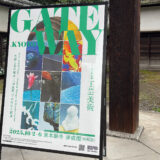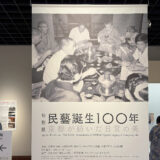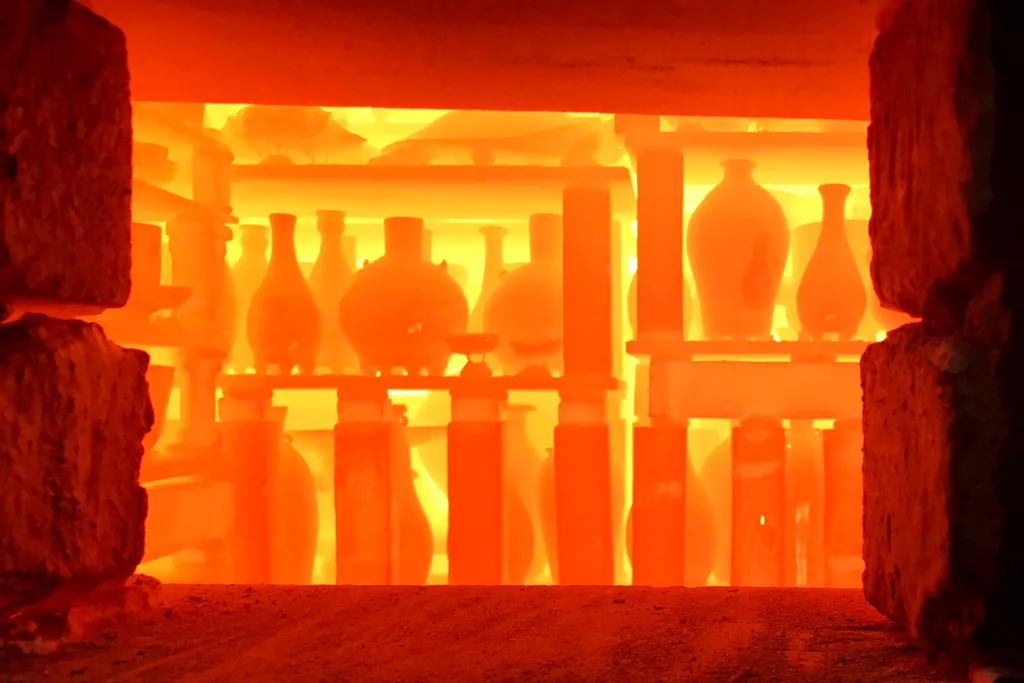
The art of pottery in Japan, particularly in the ancient capital city of Kyoto, has a long and storied history. Over the centuries, many different types of kilns have been birthed and evolved. Today, the “electric kiln,” “gas kiln,” and the “wood-fired kiln” play a crucial role in the firing of ceramics.
The characteristics of these kilns vary significantly:
Wood-Fired Kilns
These traditional kilns, including climbing, snake, and hole kilns, were generally used in Japan from ancient times through the Middle Ages. The process involves kindling wood and firing ceramics over several days to weeks.
Electric Kilns
These kilns use electricity to fire pottery. The most notable feature of electric kilns is the ease of temperature control, which enables a uniform firing process. This precision allows artists to create their desired works with great certainty.
Gas Kilns
These kilns use gas as fuel. While also easily adjustable in terms of temperature, gas kilns provide a unique texture to the ceramics, different from that of electric kilns. They allow for the creation of various oxidation-reduction environments inside the kiln, resulting in beautifully colored and uniquely textured pieces.
In this article, we’d like to spotlight the representative of wood-fired kilns: the climbing kiln.
The Charm of the Climbing Kiln
As the name suggests, the “climbing kiln”1 is built on a mountain’s slope. The flame moves up the hill, seemingly “climbing” the mountain, which gives this kiln its name.
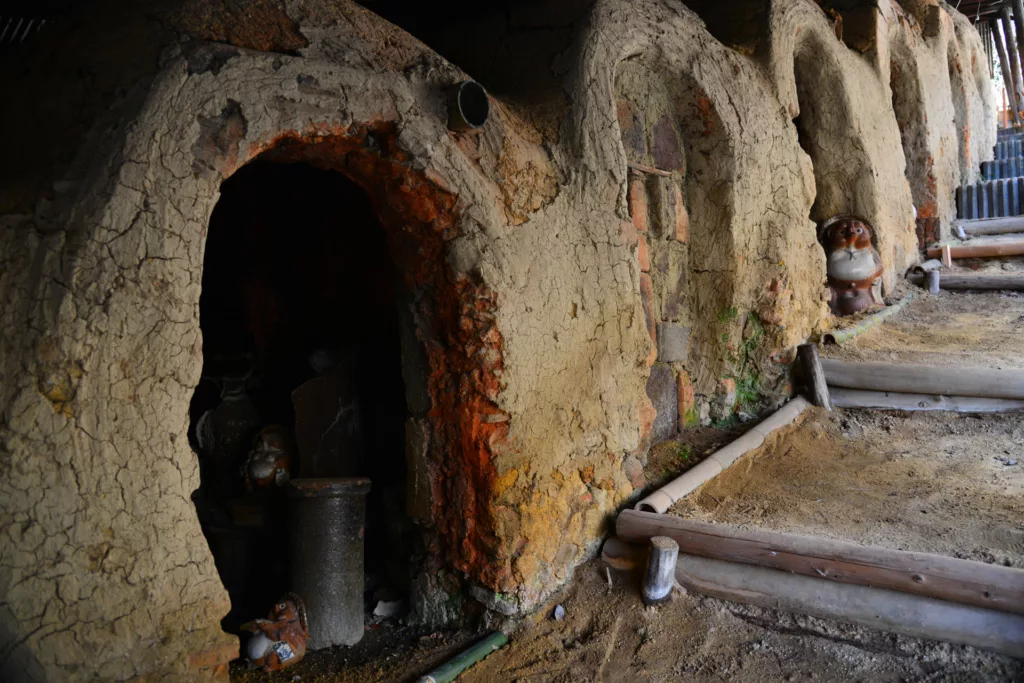
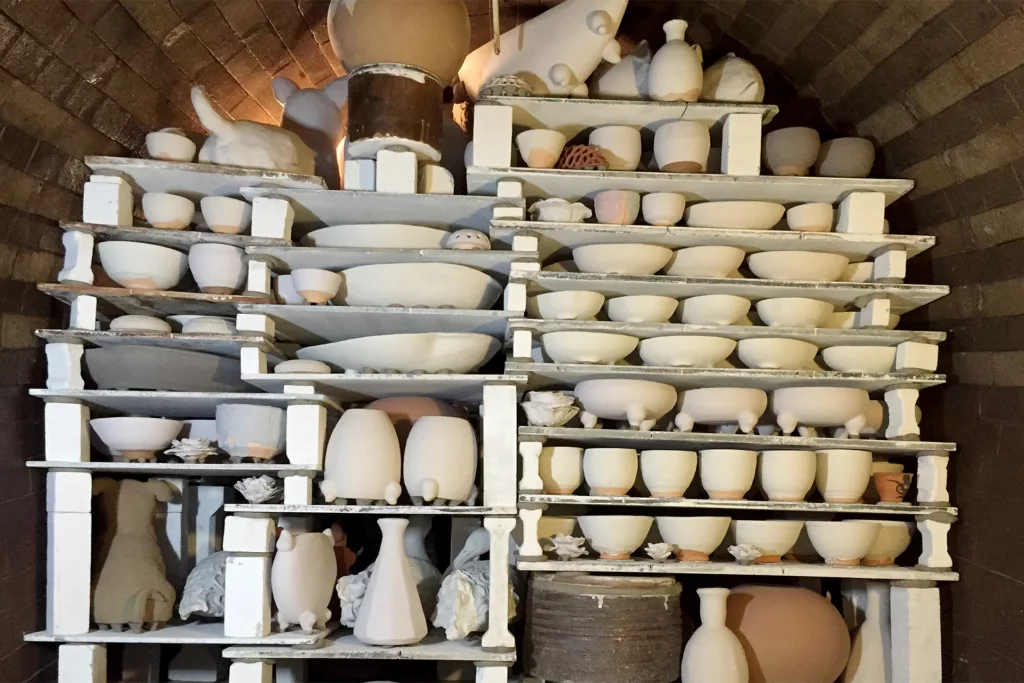
A climbing kiln can fire a large number of ceramics at once. Unlike typical kilns, its slope-based design allows the heat from the ceramics at the top to flow down, spreading the heat from the fire evenly and resulting in uniform finishes for each piece. Moreover, the fluctuations in flame flow and temperature within the kiln give each pottery subtle and unique colorations, creating one-of-a-kind ceramics full of personality.
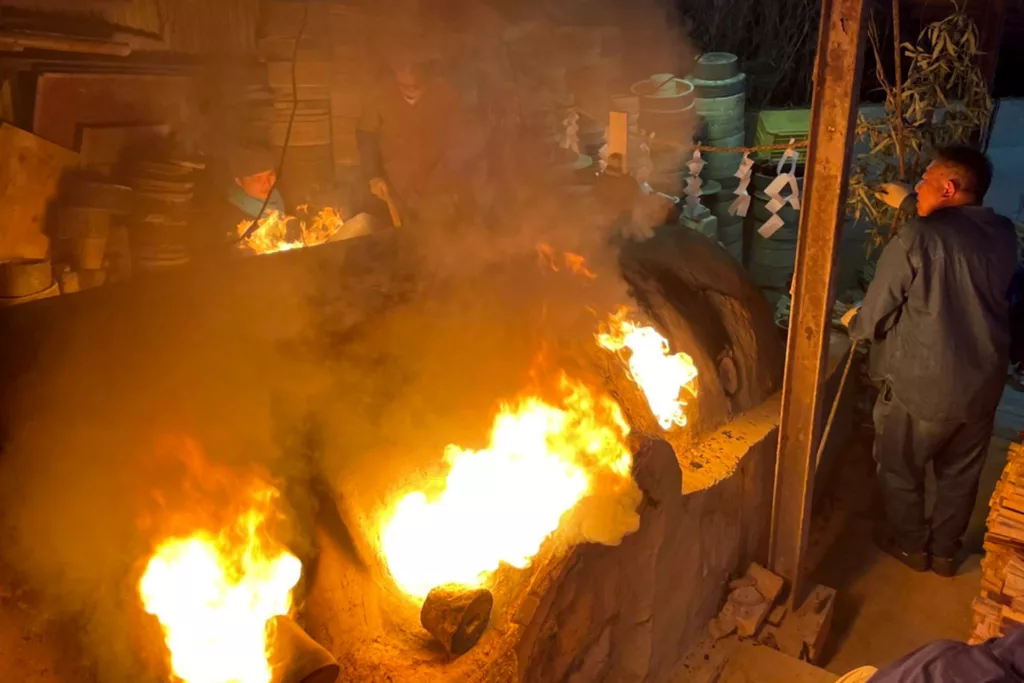
Conversely, controlling climbing kilns is quite challenging compared to electric or gas kilns. Electric and gas kilns allow easy temperature adjustment and quick firing, but climbing kilns require several days of gradual temperature increase. This process demands experience and refined skill.
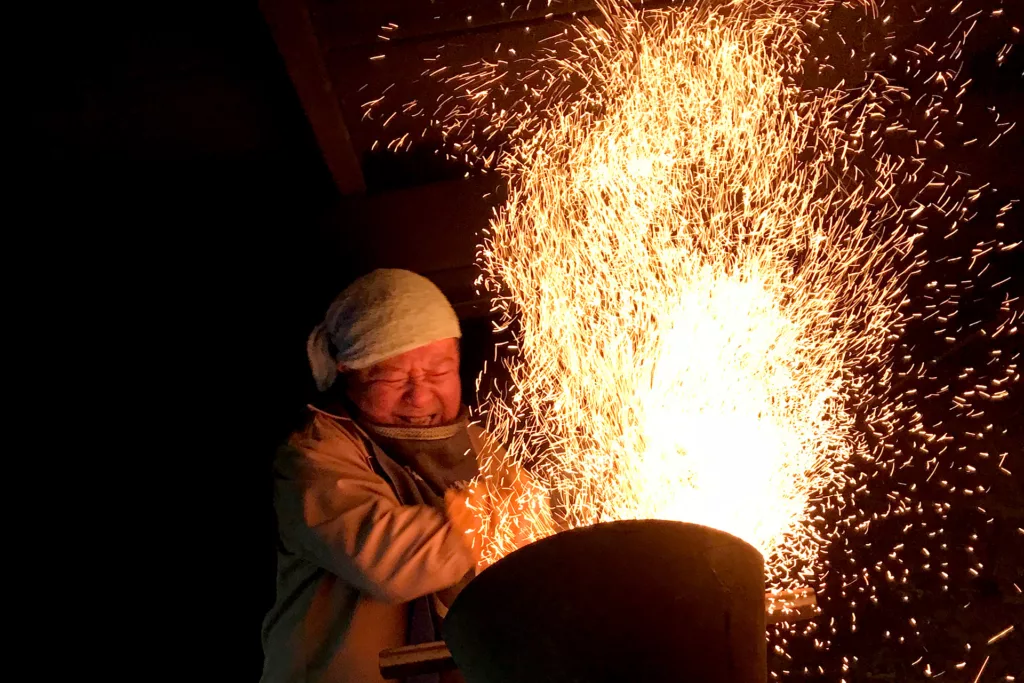
Environmental conservation and safety regulations don’t permit climbing kilns in today’s Kyoto city. However, some Kyoto potters overcome these constraints and use climbing kilns outside Kyoto to create their ceramics. They are drawn to the deep hues, natural texture, and incomparable uniqueness of the pottery fired in climbing kilns.
Ceramics from climbing kilns captivate onlookers with their depth and delicacy, a testament to the difficulties faced during their creation. On the other hand, pieces from electric or gas kilns are charming because of their consistent quality and efficient production process. Leveraging these diverse characteristics, Kyoto’s pottery artists continue to create Japanese fine craft art pieces that are a source of pride for the world.



